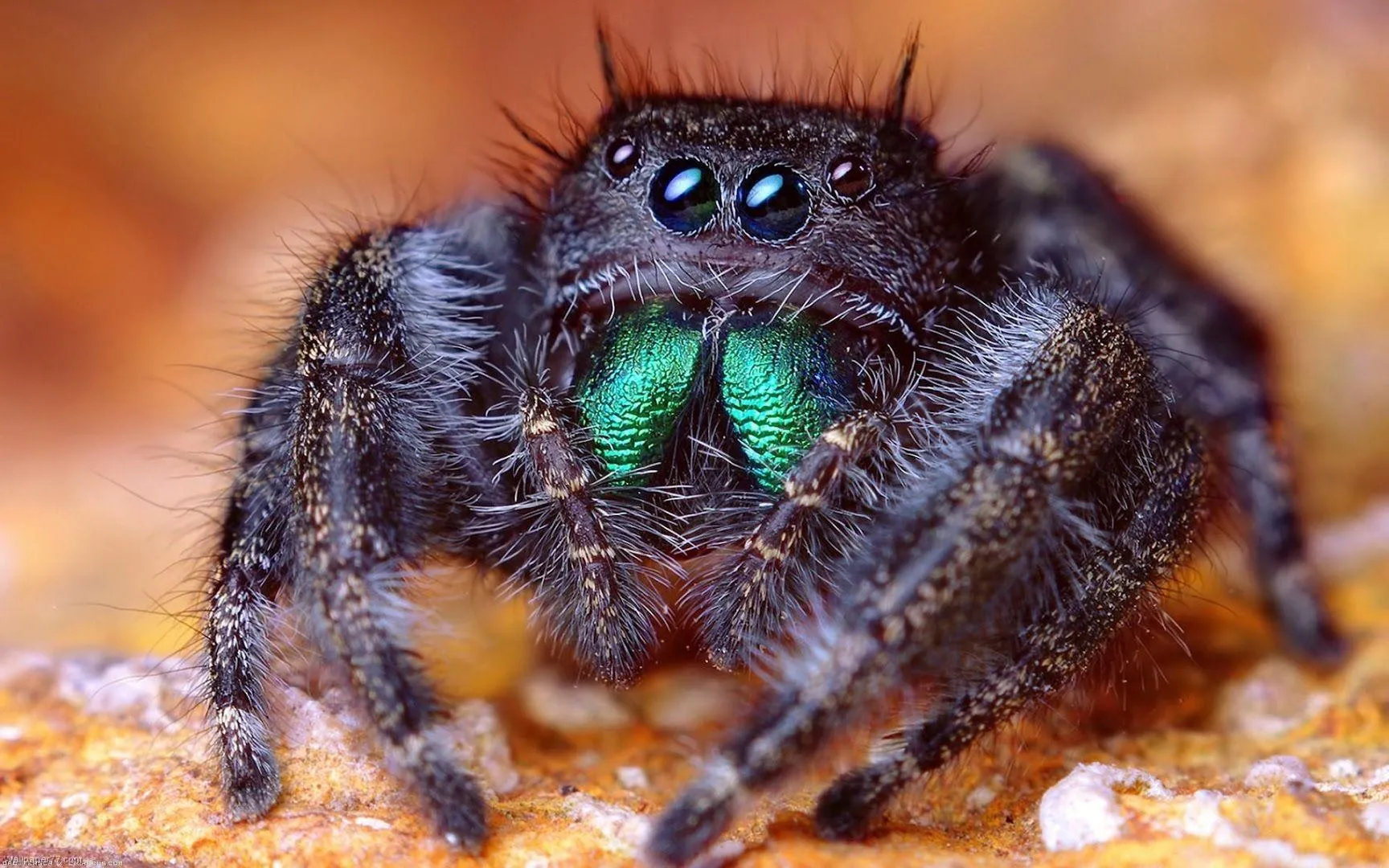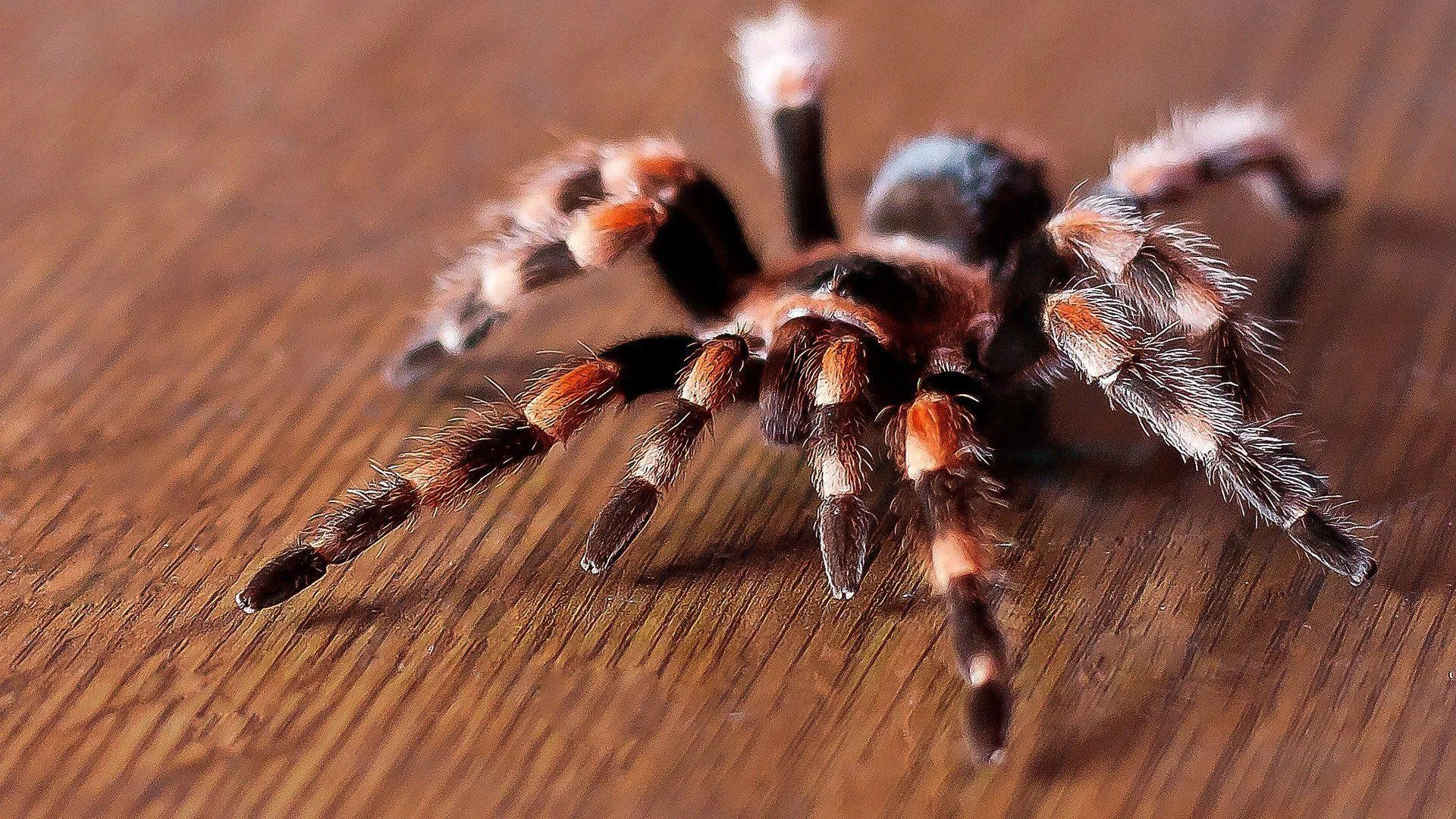Tarantulas, with their imposing size and hairy bodies, often evoke a mix of fascination and fear. While these arachnids are generally not aggressive, the thought of a tarantula bite can be quite unsettling. This article delves into the world of tarantula bites, separating fact from fiction and providing you with essential information. We will explore what happens when a tarantula bites, the symptoms to look out for, common myths, and how to handle these situations safely. Understanding these aspects can help demystify the realities of tarantula bites and ensure you’re well-prepared.
The Terrifying World of Tarantula Bites
The prospect of a tarantula bite is understandably daunting. However, it is important to approach this topic with a balanced perspective. Tarantulas are not inherently aggressive creatures; they typically only bite when they feel threatened or provoked. Bites are usually a defensive reaction, and understanding this can help mitigate fear and promote responsible interaction. The severity of a tarantula bite can vary depending on several factors, including the species of tarantula, the amount of venom injected (if any), and the individual’s sensitivity. We will look at the specifics of what happens during a bite and the different factors involved in the following sections.
What Happens When a Tarantula Bites
When a tarantula bites, it uses its fangs to inject venom into the victim. The fangs are sharp and designed to pierce the skin, delivering venom that serves various purposes for the spider. The bite itself can be painful, with the sensation ranging from a sharp sting to a dull ache, depending on the size of the tarantula and the location of the bite. The venom’s primary function is to subdue prey, but in humans, it can cause a range of reactions. The severity can vary greatly depending on individual factors and the amount of venom delivered. Understanding the mechanics of the bite and the role of the venom is crucial in assessing the situation.
The Immediate Symptoms of a Tarantula Bite

Immediate symptoms of a tarantula bite can include localized pain, redness, and swelling at the bite site. The level of pain can differ based on individual pain tolerance and the specific species of tarantula. Some bites may cause a mild burning sensation, while others might feel more like a sharp stab. Swelling and redness are typical inflammatory responses, indicating the body’s reaction to the venom. In most cases, these symptoms will subside within a few hours or days. It’s important to monitor the bite site and be aware of any changes or worsening symptoms, which is essential for prompt care if needed.
Allergic Reactions and Anaphylaxis
While rare, some individuals may experience an allergic reaction to a tarantula bite. These reactions can range from mild symptoms, such as itching and hives, to severe conditions like anaphylaxis. Anaphylaxis is a life-threatening allergic reaction that requires immediate medical attention. Symptoms of anaphylaxis can include difficulty breathing, swelling of the throat or face, dizziness, and a rapid drop in blood pressure. If you suspect an anaphylactic reaction, seek immediate medical assistance. Knowing the signs of an allergic reaction can save your life or the life of someone around you.
Common Myths About Tarantula Bites
Misinformation and fear often surround tarantulas, leading to several myths about their bites. Addressing these misconceptions helps to dispel unnecessary fears and provide a more realistic understanding of these creatures. Several myths persist in the popular imagination, and it’s crucial to distinguish between fact and fiction when assessing the dangers of a tarantula bite. Common myths often exaggerate the risks and can lead to panic and unnecessary precautions.
Myth 1: All Tarantula Bites Are Deadly

One of the most prevalent myths is that all tarantula bites are deadly. This is far from the truth. While tarantula bites can be painful and cause localized symptoms, they are rarely fatal to humans. Most tarantula species have venom that is not highly toxic to humans. The impact of a bite is more akin to a bee sting, causing discomfort rather than a life-threatening situation. The media and popular culture often sensationalize tarantula bites, leading to an overestimation of their dangers. Knowing this can reassure those wary of these creatures.
Myth 2: Tarantulas Always Inject Venom
Another common misconception is that tarantulas always inject venom when they bite. In reality, a tarantula may not always inject venom, even if it bites. The injection of venom is a deliberate action, and spiders can control whether or not they release it. Some bites may be ‘dry bites,’ where no venom is injected. Even if venom is injected, the amount can vary. Dry bites are often less severe than those where venom is involved. This fact is important because it suggests the risk of severe reactions to tarantula bites is reduced.
Myth 3: Tarantula Venom is Highly Toxic to Humans
The myth that tarantula venom is highly toxic to humans is another misconception. While tarantula venom contains toxins, it’s generally not as potent or dangerous to humans as the venom of other spiders or insects. Most tarantula venoms are designed to paralyze or subdue small prey. Human reactions usually involve localized pain, swelling, and redness, similar to a bee sting. Severe systemic reactions are rare, and fatalities from tarantula bites are exceptionally uncommon. Understanding this helps alleviate undue fear.
The Truth About Tarantula Venom and Its Effects

The reality of tarantula venom and its effects is less dramatic than popular portrayals suggest. Tarantula venom primarily serves to immobilize or kill prey. The venom composition varies among different tarantula species, but generally, it’s not life-threatening to humans. The effects of the venom usually remain localized. This can involve pain, swelling, and redness at the bite site. Rarely, some individuals may experience more severe symptoms due to an allergic reaction. Most people recover fully from a tarantula bite without any long-term health issues.
The Role of Fangs in Tarantula Bites
Tarantula fangs are crucial to their method of biting. These fangs are sharp and hollow, allowing them to pierce the skin and inject venom. The size and shape of the fangs vary depending on the tarantula species. Their main purpose is to deliver venom to immobilize prey. While the fangs can cause a painful puncture, their primary function is not to inflict harm on humans. The fangs’ physical structure determines how the bite feels and whether or not venom is injected. The structure of the fangs is key to understanding the biting mechanism.
How Tarantulas Use Their Fangs
Tarantulas use their fangs defensively when they feel threatened. They will typically raise their front legs in a threatening posture before striking. The bite is a last resort, used when other defense mechanisms, such as flicking urticating hairs, have failed. The fangs are deployed quickly and powerfully to deliver the venom. Tarantulas usually bite once. However, they may bite multiple times if the threat persists. Knowing how tarantulas use their fangs helps in understanding their behavior and how to avoid potential bites.
First Aid and Treatment for Tarantula Bites

If you are bitten by a tarantula, there are several first aid steps you should take. Initial care focuses on minimizing the symptoms and preventing infection. Most bites can be treated at home, but it is essential to monitor for any adverse reactions or signs of complications. Prompt and appropriate care can ensure a speedy recovery and prevent further health issues. Understanding the steps to take after a bite can ease your mind and promote good health.
Cleaning the Wound and Initial Care
The first step is to clean the bite wound with soap and water gently. This helps remove any venom or bacteria that may be present. Applying a cold compress or ice pack to the bite site can reduce pain and swelling. It’s also advisable to keep the affected area elevated if possible to help reduce swelling. Over-the-counter pain relievers, such as ibuprofen or acetaminophen, can help manage pain and discomfort. Observe the bite area for any signs of infection, such as increased redness, warmth, or pus.
When to Seek Medical Attention
While most tarantula bites are not life-threatening, there are situations where medical attention is necessary. If you experience severe symptoms like difficulty breathing, swelling of the face or throat, or any signs of an allergic reaction, seek medical help immediately. Any intense symptoms or symptoms that worsen over time should prompt a visit to the doctor. People with underlying health conditions or those who are unsure about the severity of the bite should also consider seeking medical advice. Prompt medical attention is especially important in case of severe reactions or complications.
Preventing Tarantula Bites

The best way to deal with a tarantula bite is to prevent it in the first place. Safe handling practices, creating a safe environment, and understanding tarantula behavior are essential. These measures reduce the risk of bites and ensure a safer experience for both the tarantula and the handler. Preventing bites requires an informed approach and responsible interaction with tarantulas. Taking precautions allows you to interact with them while minimizing risk.
Safe Handling Practices
If you must handle a tarantula, do so with caution and follow specific safety guidelines. Always handle tarantulas over a soft surface, like a bed or a carpet, in case they fall. Avoid sudden movements and loud noises, as these can startle the tarantula. Use tools like a long pair of tongs or a container to move the tarantula if possible. Always wash your hands thoroughly before and after handling a tarantula. Safe handling techniques greatly reduce the risk of a bite. The most important thing is to stay calm and avoid any action that could make the spider feel threatened.
Creating a Safe Environment
Creating a safe environment for tarantulas means housing them in secure enclosures that prevent escape. The enclosure should be appropriately sized for the tarantula, with secure lids and proper ventilation. Avoid placing the enclosure in high-traffic areas where the tarantula could be easily disturbed. Keep the enclosure clean and well-maintained to reduce stress on the tarantula. A secure and comfortable environment benefits the spider and minimizes any chance of unexpected encounters and potential bites. Creating the right habitat for a tarantula helps you and the spider.
Understanding Tarantula Behavior

Understanding tarantula behavior can help you anticipate and avoid potential bites. Tarantulas are generally not aggressive, but they may bite if they feel threatened or provoked. Recognize the signs of stress or defensive behavior, such as raising their front legs, exposing their fangs, or flicking urticating hairs. Never handle a tarantula unless you have experience and understand their body language. Learn about their specific species’ temperament, as different species have different personalities. By observing and understanding their behavior, you can minimize your chances of getting bitten.
Conclusion Tarantula Bites
In conclusion, while tarantula bites can be concerning, they are rarely as dangerous as they are often portrayed. Understanding the facts, dispelling myths, and knowing the proper first aid and prevention techniques is crucial. Most tarantula bites cause only localized pain and swelling, and severe reactions are rare. By following safe handling practices, creating a safe environment, and understanding tarantula behavior, you can minimize your risk and enjoy these fascinating creatures responsibly. Always be informed and prepared, and consult a medical professional if you experience any concerning symptoms.
